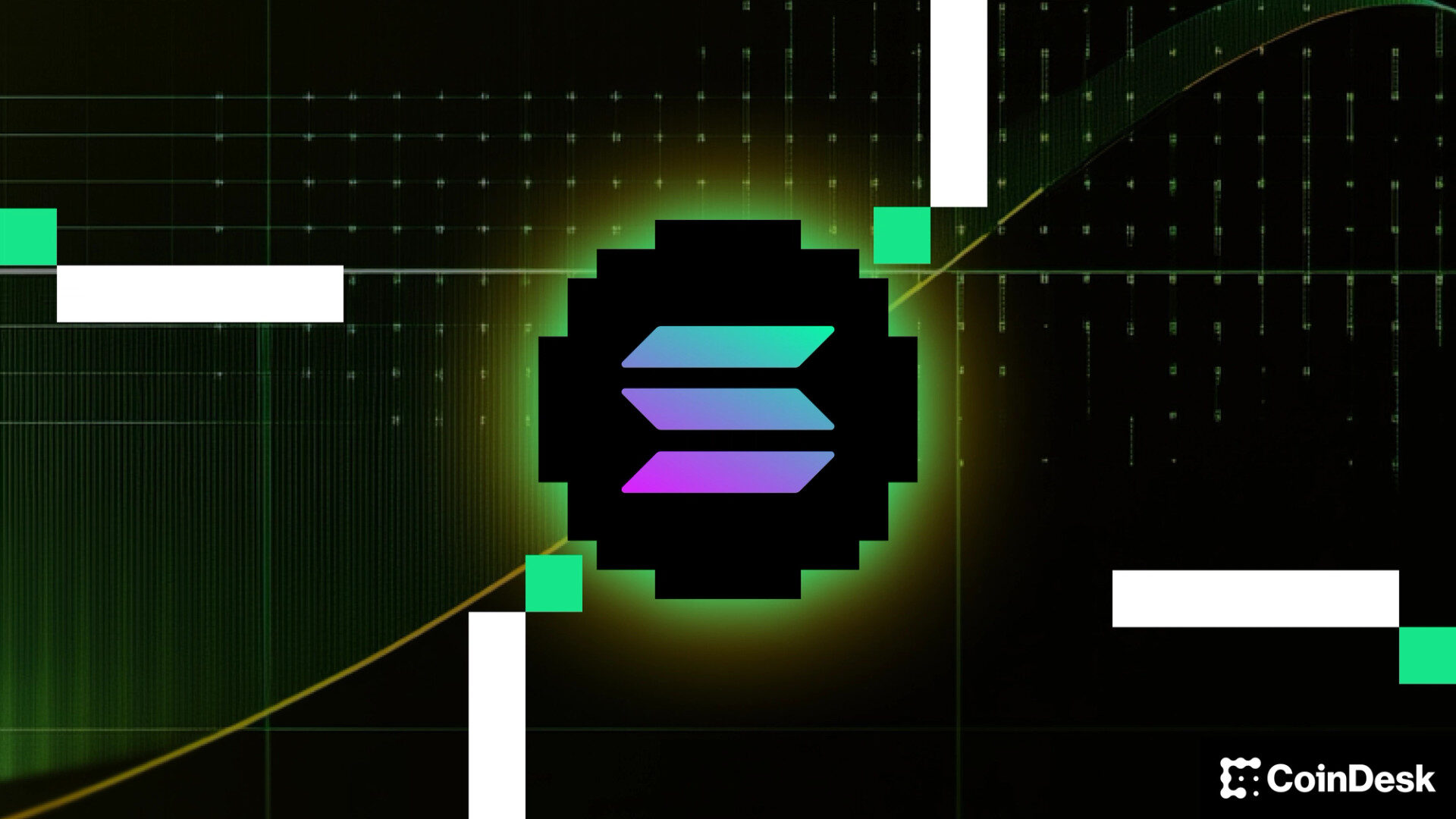-
Back to menu
Prices
-
Back to menu
-
Back to menu
Indices -
Back to menu
Research
-
Back to menu
Events -
Back to menu
Sponsored
-
Back to menu
Videos -
Back to menu
-
Back to menu
-
Back to menu
Webinars
Select Language
Jump Crypto’s Firedancer development team has submitted a proposal, known as SIMD-0370, that would remove the block-level compute unit limit.
By Margaux Nijkerk, AI Boost|Edited by Stephen Alpher
Updated Sep 29, 2025, 4:26 p.m. Published Sep 29, 2025, 4:15 p.m.
- Jump Crypto’s Firedancer development team has submitted a proposal, known as SIMD-0370, that would remove the block-level compute unit limit.
- The change, which the team suggested would be implemented following the deployment of the Alpenglow upgrade, could unlock a new regime of throughput by letting block producers have bigger blocks.
In a bold shift for Solana’s (SOL) scaling roadmap, Jump Crypto’s Firedancer development team has submitted a proposal, known as SIMD-0370, that would remove the block-level compute unit limit.
STORY CONTINUES BELOW
The change, which the team suggested would be implemented following the deployment of the Alpenglow upgrade, could unlock a new regime of throughput by letting block producers have bigger blocks.
Under today’s design, each block is bounded by a maximum allowable compute units, a safety measure and maximum workload meant to stop validators from getting overwhelmed. Currently, the limit on Solana is at 60 million compute-units. Earlier this year, another group of Solana core developers submitted a paper arguing to lift the limit to 100 million compute-units.
But with the upcoming Alpenglow upgrade, some developers say that cap is no longer necessary. And if that cap is lifted, blocks would be able to fit as many transaction they can, depending on how high performing their validators are.
Supporters say this flexibility could make Solana more resilient during periods of high demand, such as when new tokens launch or DeFi activity spikes. Bigger blocks would mean more transactions can get through, reducing the kinds of congestion and failed trades that frustrate users.
Still, some debated that blocks today on Solana aren’t full so there would be no tangible difference for end users. “We haven’t had any time where demand would spike median fees or average fees significantly. So it’s not even clear that burst capacity would be meaningful,” wrote Anatoly Yakovenko, the founder of the Solana blockchain, on the developer proposal forum.
The proposal is still in the discussion stage, and the Solana community will need to decide if the benefits outweigh the risks. If approved, it could mark a new chapter in Solana’s scaling story.
Read more: Solana Eyes 66% Block Size Bump With New Developer Proposal as Network Demand Grows
AI Disclaimer: Parts of this article were generated with the assistance from AI tools and reviewed by our editorial team to ensure accuracy and adherence to our standards. For more information, see CoinDesk’s full AI Policy.
More For You
By Jamie Crawley, AI Boost|Edited by Stephen Alpher
Sep 27, 2025

The Bitcoin community is split after leaked messages alleged Luke Dashjr backed a controversial hard fork.
What to know:
- Luke Dashjr, maintainer of Bitcoin Knots, strongly denies claims that he proposed a hard fork with a trusted committee to alter Bitcoin’s blockchain, calling the allegations “fabricated nonsense.”
- The controversy highlights a long-standing divide between Knots, which enforces stricter rules to block non-monetary data like Ordinals and Runes, and Bitcoin Core, which takes a more permissive approach.
- Udi Wertheimer, co-founder of the Ordinals project Taproot Wizards, dismissed the report as a “hit piece” and defended Dashjr against misrepresentation.











